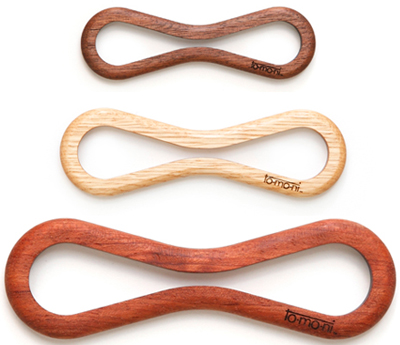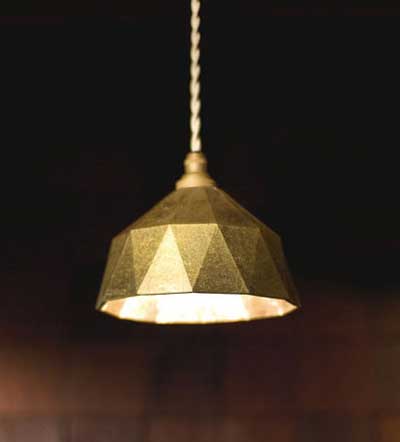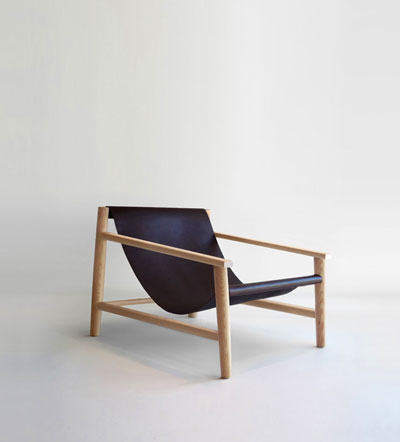
Photography by Lyle Owerko
Do you remember? It was an unforgettable time. The kind that, in hindsight, you can say, “something really unique was happening then”. But the late 1970s was a time when people with very little, especially in New York City, were just making the best with what they had: each other, music, and a new type of portable sound system — the boombox.
In Lyle Owerko’s new book The Boombox Project, the New York-based photographer intended to turn subject into art, and photograph his personal collection of radios. But once he started hearing stories about his topic, the outcome shifted dramatically. In this book, you are invited to listen in on some of the most iconic MCs, musicians, and artists of that generation, recollecting about life on the streets and how the boombox grew to be so much more than just another radio. Filmmaker Spike Lee starts the book off with a foreword about Joe Radio, the first guy he ever saw listening to a portable radio on the corner of his Brooklyn block. From there, Owerko reveals stories from the likes of LL Cool J, Fab 5 Freddy, Kool Moe Dee, and Rosie Perez about their first encounters and experiences with the boombox. All their memories share a common thread: community. Today, we hear so much about sharing online, whether it’s music files or social networking. But the true pioneers of electronic sharing came from the boombox generation. It was a time of great creative growth.




 Facebook
Facebook Permalink
Permalink Digg
Digg Reddit
Reddit LinkedIn
LinkedIn StumbleUpon
StumbleUpon Tumblr
Tumblr




